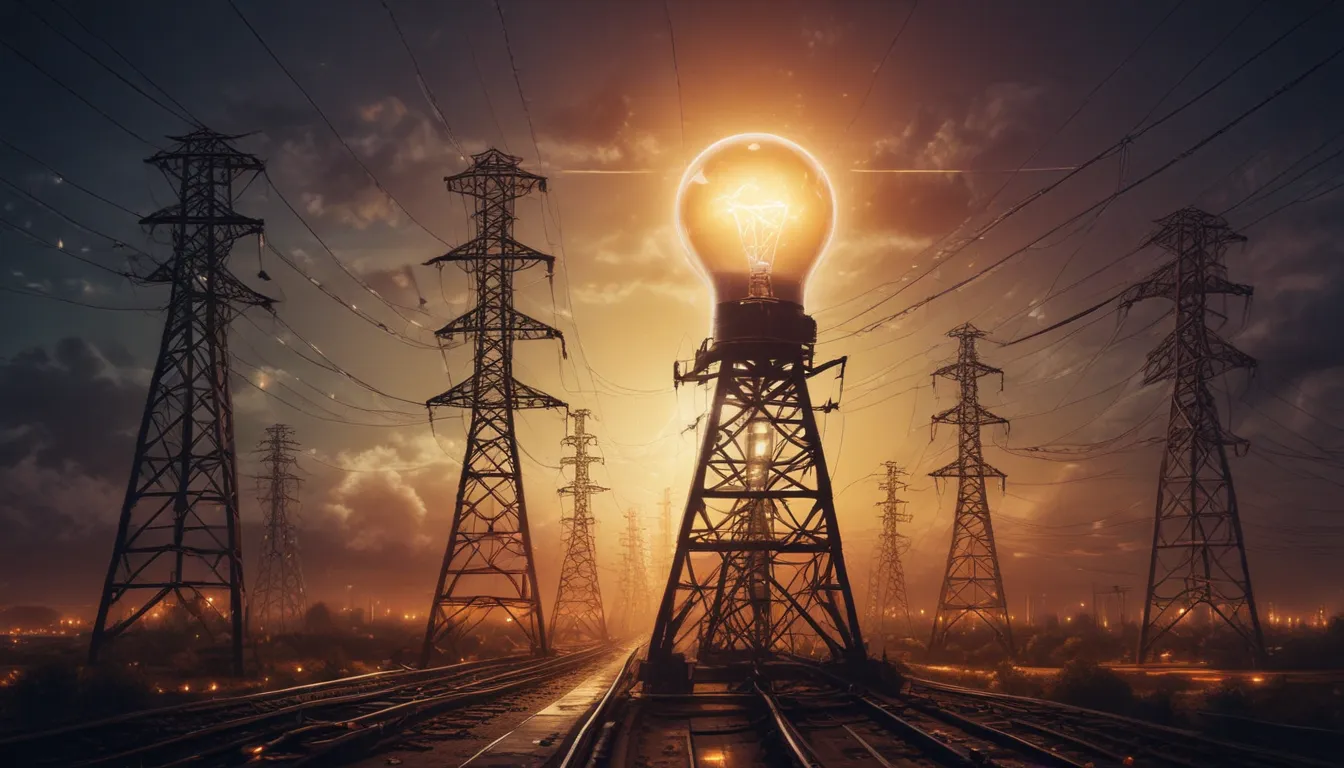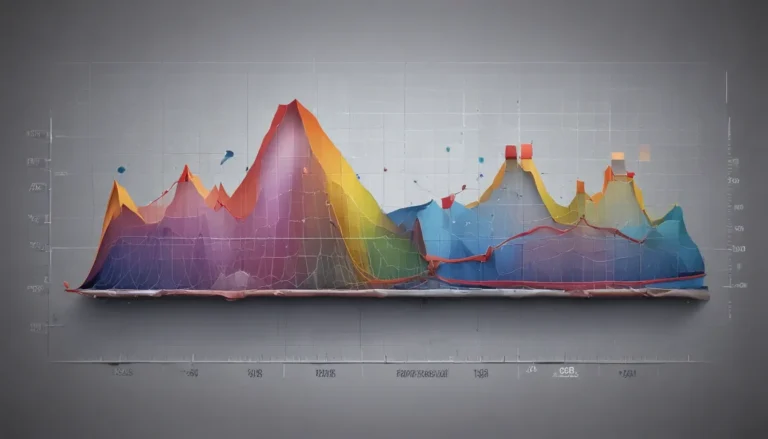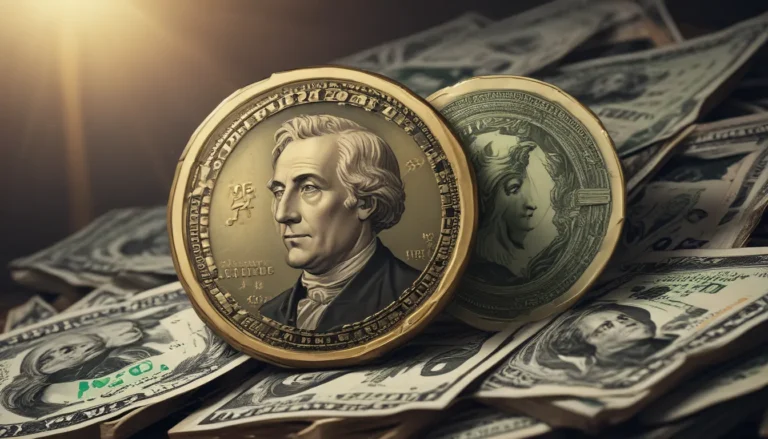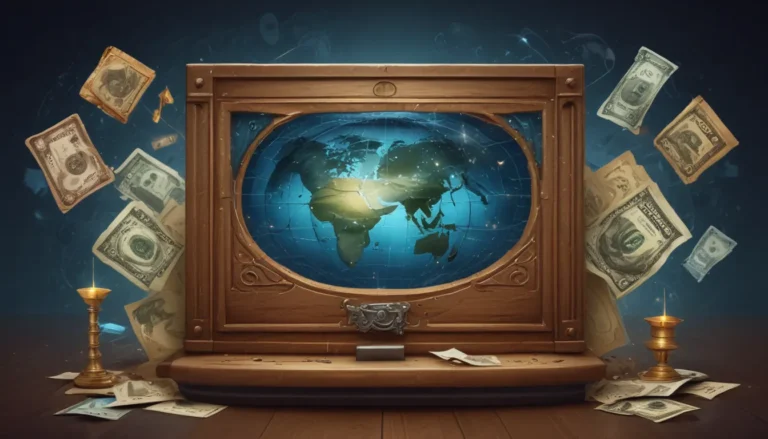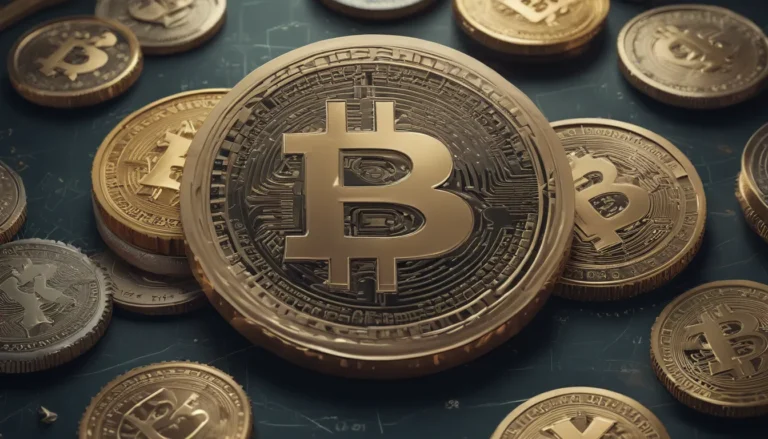A Note About Images: The images used in our articles are for illustration purposes only and may not exactly match the content. They are meant to engage readers, but the text should be relied upon for accurate information.
From ancient civilizations to modern technology, electricity has woven itself into the fabric of our lives. While it may seem like a mundane part of our existence, delving into the world of electricity reveals a treasure trove of interesting facts and insights. Let’s embark on a journey to uncover the mysteries and wonders of this essential energy source.
Unveiling the Intriguing World of Electricity
Electricity is much more than just a source of power. It is a fundamental force of nature that governs the way we live. Here are some quick facts about electricity that will pique your curiosity:
- Electric fish were mankind’s first encounter with electricity.
- Ancient civilizations used electric fish for medical procedures.
- Brains transmit signals through electricity.
- Electricity is measured in watts.
- Light bulbs only use 10% of their energy to emit light.
The Evolution of Electricity: A Historical Perspective
The history of electricity is rich with discoveries and innovations that have shaped our modern world. Let’s take a closer look at some key historical details:
- Static electricity was the first form of electricity discovered in 600 B.C.
- Ancient Egyptians had electric lamps to navigate dark crypts.
- Electronic cabs were the first functional electric vehicles in London in 1897.
- Thomas Edison built the first power plant in New York.
- The 19th century was the age of electricity, marked by significant advancements in electrical science.
Unconventional Uses and Marvels of Electricity
Beyond its conventional applications, electricity manifests itself in extraordinary ways. Here are some unique and surprising facts about electricity:
- Platypus’ bills are covered in 40,000 electroreceptors, aiding in their underwater navigation.
- Poop from cows can provide enough electricity to power 100 homes.
- Geckos stick to walls with static electricity, utilizing electrostatic forces on their toe pads.
- Cheese can be used to generate electricity through the production of biogas.
- Birds can get electrocuted on power lines if their bodies touch different lines.
Sustainable Practices and Innovations in Electricity
As we harness the power of electricity, it is essential to consider sustainable practices and innovations. Here are some fascinating insights into the world of sustainable electricity:
- Copper is the best conductor of electricity, widely used for its conductivity and strength.
- Rubber serves as an excellent insulator of electricity, preventing wires from shorting.
- LED light bulbs use one-sixth of the electricity that conventional bulbs do, offering energy efficiency.
- Ore trains in Sweden produce five times the amount of electricity they use, showcasing sustainable practices.
- Solar energy holds great potential as every minute of sunlight reaching Earth provides enough energy for an entire year.
Navigating the Future of Electricity
As we look towards the future, the dynamics of electricity consumption and production continue to evolve. Here are some eye-opening facts about the future of electricity:
- Americans’ energy consumption doubles every 20 years, necessitating a shift towards sustainable energy sources.
- The worldwide energy output is estimated to increase by 55% from 2008 to 2030, highlighting the need for sustainable energy solutions.
- Energy cannot be destroyed or created, emphasizing the importance of transforming energy sources for environmental preservation.
Conclusion: Embracing the Wonders of Electricity
Electricity is not just a commodity; it is a marvel of science and innovation that powers our modern world. By delving into the depths of electricity facts and insights, we gain a deeper appreciation for this essential energy source. As we navigate the complexities of energy consumption and production, let us strive towards a sustainable future where electricity fuels progress while preserving our planet.
References:
Note: The facts and information presented in this article are based on verified sources and historical records.
